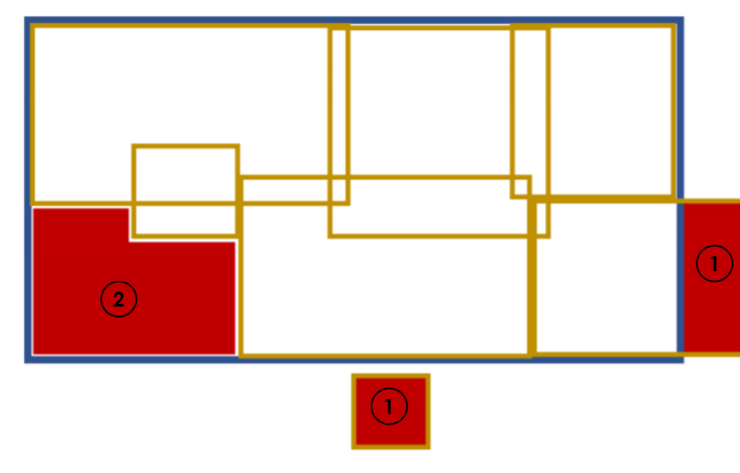Central question and sub-questions
Central question
Almost all papers you write during your studies have a central question. (Essays are an exception. More information about this in chapter 11.) In your paper, you answer this question and report on your research. Researchers often adjust their central question a number of times as they explore their research topic more extensively.
Academic motivation
You have noticed that a lot of research has been done into the role of urban agriculture in North American cities and you want to find out the extent to which these results apply to Dutch cities.
Practical motivation
You have read a newspaper article about the fact that there is increasing resistance to the installation of parking and charging spaces for electric cars. You decide to research which actors and interests play a role in choosing the location for these parking spaces.
Below you will find some examples of central questions:
- To what extent has the introduction of tolls influenced the distribution of traffic and the geographical accessibility of employment opportunities in the Cape Town metropolitan area?
- Which success and failure factors define interactive policy and to what extent do these factors play a role in the implementation of municipalities’ spatial plans, using the Municipality of Harderwijk as an example?
- How is cooperation between public and private parties in the construction and management of green public space in major Dutch cities organised and what recommendations can be made on the basis of experience abroad?
- To what extent do the images produced by Limburg in the ‘Love for Life’ campaign correspond with the images of tourists in Limburg and what recommendations can be made to improve the campaign?
- focuses on a socio-geographic or spatial planning perspective.
- cannot be answered with ‘yes’ or ‘no’.
- is not suggestive, but neutral.
- is well formulated and cannot be interpreted in different ways.
- can be answered under the given circumstances (amount of time and money you have, available data and the possibilities to collect/access data).
- states, if necessary, a specific time period (for example, if you are charting developments: ‘the different uses of the Griftpark since 2000’).
Formulating sub questions
Once you have formulated the central question, you need to work out the sub-questions. These always relate to a subtopic of the central theme. They are specific, and therefore come under the overarching central question. Their role is to support the central question. Thinking about your sub questions helps you split the work into feasible intermediate goals. By answering the sub questions step-by-step, you will eventually be able to answer the central question.
Below are some examples of sub-questions based on a central question:
To what extent has the introduction of tolls influenced the distribution of traffic and the geographical accessibility of employment in the Cape Town metropolitan area?
- What are the current levels of employment and commuter traffic in the Cape Town metropolitan area?
- How was traffic distributed prior to the introduction of tolls on the road network in the Cape Town metropolitan area?
- How accessible was employment in the Cape Town metropolitan area prior to the introduction of the tolls?
- What does the City of Cape Town aim to achieve with the introduction of the tolls?
- To what extent has the scope and geographical distribution of commuter traffic changed since the introduction of tolls?
- Are there other factors that may explain changes in the scope and geographical distribution of commuter traffic?
There is no fixed amount of sub questions, but there are some things worth considering when you are writing sub questions. To make the tips more visual, we use the analogy of a map of a house.

The outer wall of the house are the central question and the rooms are the sub questions.
- Firstly, all of the sub question should remain inside the outer walls of the house. So make sure you do not make any sub questions about concepts or phenomena that are not applicable to your research, or that are only partly relevant. (see “1” in the figure)
- Secondly, it is important to make sure that together, all the rooms ‘fill’ the map of the house and there are no rooms left unfilled. In other words, de sub questions together should comprise all the parts of the central question. (So the room marked “2” in the figure, should not be left empty)
- Finally, the order of the subquestions is something to consider carefully. It is not uncommon that an answer to sub question one has to be found, before you can start answering sub question two.
When all the sub question are answered, the answer to the central question will follow logically.

